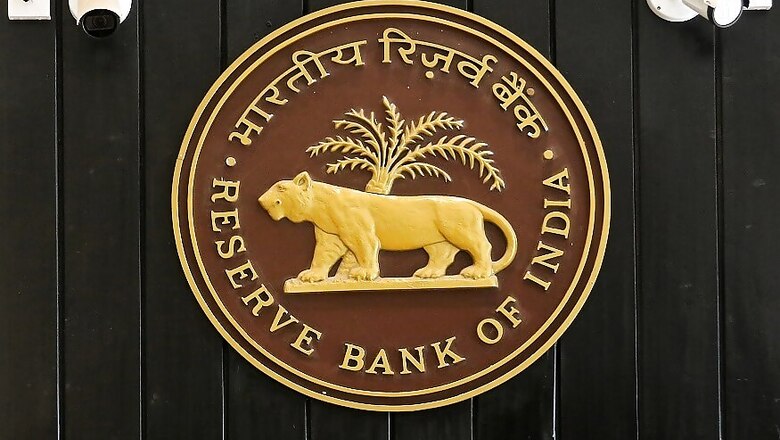
views
Mumbai: With difficulties in NBFC sector continuing, economists at SBI on Friday pitched for the Reserve Bank to play its role as the lender of last resort, something the central bank has avoided since the start of troubles in 2018.
In its report on Budget expectations, the economists said RBI should "seriously think" of providing liquidity to non-banking financial companies (NBFCs) against the assets held by the lenders.
"Given the crisis of confidence in the financial markets, it is imperative that central banks don't forget their primary function of being the lender of the last resort," they said.
The NBFC sector has been impacted since August 2018 after the collapse of infrastructure lender IL&FS.
So far, RBI has refused to play its role as the lender of last resort, terming the problem at select NBFCs as one created because of asset-liability mismatches, where entities depended on short-term liabilities to fund long-term assets and found the going difficult with hike in rates.
A slew of analysts have blamed the slowdown in lending by the liquidity-starved NBFCs for the fall in consumption, which is among the factors resulting in dip in GDP growth.
The SBI report included help for NBFCs as part of its fiscal policy suggestions ahead of the February 1 Budget.
It suggested a formal arrangement can be worked out wherein the Government of India can commit to adjust the haircuts that come banks' way by settling it with RBI's dividend transfers.
The economists said the measures taken so far by the government and RBI have been focused on long-term strengthening of NBFC sector.
They also pitched for deferment of principal repayments by 50 systemically important NBFCs and housing finance companies for a specified period.
Among other measures, SBI economists recommended the government to focus on growth and not on meeting the fiscal deficit target, warning that not doing so can aggravate issues of growth slowdown.
They advocated for fiscal deficit to be budgeted at an elevated 3.8 per cent for 2020-21 financial year, which is the same level as its revised estimate of 3.8 per cent which will be met in 2019-20.
The government should adopt a new fiscal consolidation path from FY22 onwards which will look at 0.20 per cent narrowing of the fiscal gap every year till FY25, they said.
To push up the agricultural sector and health outcomes for school children, the government can announce a scheme called "Poushtik Bharat", they said.
Meanwhile, the Supreme Court's refusal to grant relief for telecom service providers can have "significant financial market disruptions if any of the telecom players makes a decision to discontinue".
Such a move can prove to be a drag onconsumption growth, which was supposed to revive in 2020-21, they said.




















Comments
0 comment